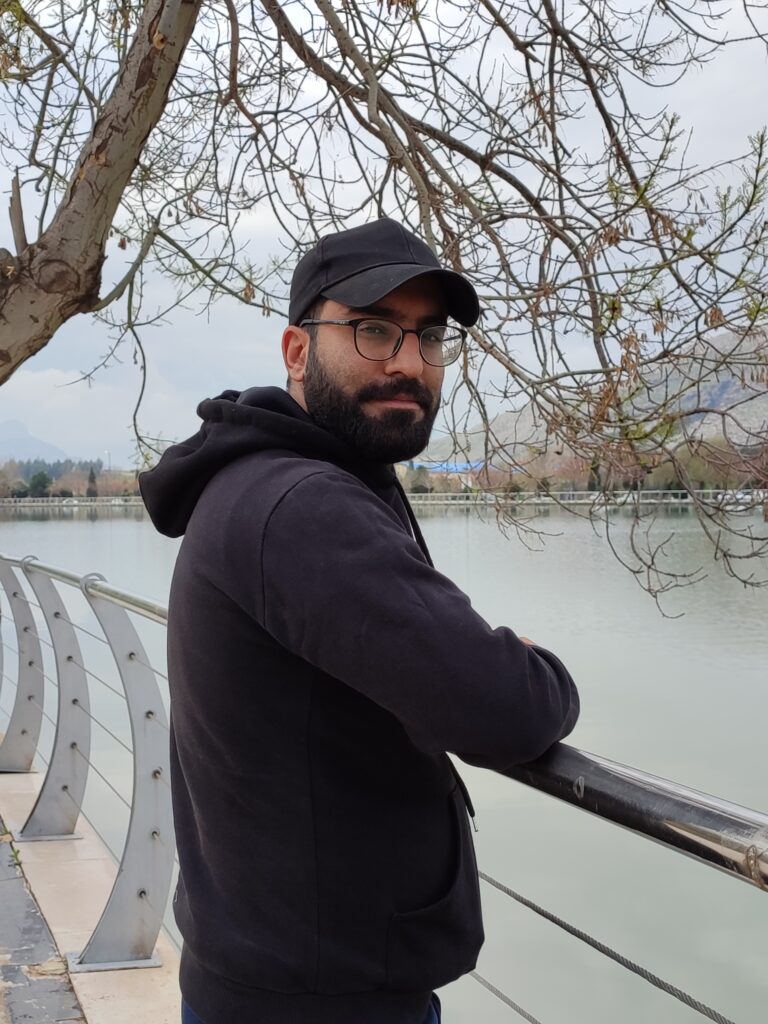Falak-ol-Aflak Castle (also known as Dej-e Shapur-Khawast) is an ancient castle with a history dating back to the Sasanian era. The name “Falak-ol-Aflak” has been used to refer to it since the Qajar period. The castle is perched atop a hill, situated at the highest point in Khorramabad, overlooking the city. Its original name was Dej Shapur-Khawast, and its construction dates back to the Sasanian period.
The castle features eight towers today, but it was originally constructed with twelve towers, which is why it is also known as the “Twelve Towers.” In the northern part of the castle, there is a spring called “Golestan,” but the castle itself draws its water supply from a 40-meter deep well located within its premises.
In modern times, during the late Pahlavi era, the castle was utilized as a museum. However, following the Iranian Revolution in 1978 and the onset of the Iran-Iraq War in 1980, the museum’s artifacts were collected and stored elsewhere for security reasons. Subsequently, some parts of the castle were opened to the public as an exhibition of photographs and stone and tile works.
After the revolution, the Islamic Revolutionary Guard Corps (IRGC) established a military garrison in the southern part of the Falak-ol-Aflak Castle, disrupting the historical site’s sanctity. Efforts have been made to protect and preserve the castle, with hopes of gaining international recognition for its historical significance.

Khorramabad (pronunciation guide: /khoh-RAH-mah-bad/) is the twenty-third most populous city in Iran and serves as the capital of Lorestan Province. According to the 1395 census by the Statistical Center of Iran, its population was 373,416. The city is situated at an altitude of 1,147.8 meters above sea level, nestled within the Zagros Mountains’ valleys. Khorramabad is located approximately 490 kilometers away from Tehran, and due to its strategic location along the Tehran-South route, it holds significant communication and strategic importance. Iran’s Highway 5 traverses through the city.
In its current location, Khorramabad can trace its history back to the Elamite period, where a city named Khaydalu existed. Later, Shapur II, under his order, established the city of Shapur-Khawast on the ruins of the ancient city, which corresponds to the modern-day location of the city. Historical remains suggest that Khorramabad was an important city in western Iran during the Sasanian era, and the Falak-ol-Aflak Castle, also known as the Dej-e Shapur-Khawast, stands as a symbol of that era. Khorramabad was also one of the capitals of the Hazaraspians and the Al-e Hasanuyeh.

The city boasts numerous historical and natural tourist attractions, including Falak-ol-Aflak Castle, the Brick Minaret, Shapouri Bridge, the Stony Rapids, inscribed stones, Baba Taher Mausoleum, and Lake Kiyu.
In fact, Khorramabad was selected as a model tourism city by the United Nations Regional Office. Khorramabad enjoys a Mediterranean climate with significant rainfall, especially during the spring and winter seasons, making it the sixth most precipitation-rich center in Iran.

Khorramabad Municipality was established in 1923, and following the separation of Lorestan Province from Khuzestan in 1925, it was designated as the province’s capital. The residents of Khorramabad are mainly Lurs, and, in general, the people of Khorramabad are considered a subset of the Luri ethnic group. The primary language spoken in the city is Luri.

The employment situation in Khorramabad is not very favorable, with an unemployment rate of 35.5% among those aged 19 to 24. The city is home to major industries such as Khorramabad Petrochemical and Sader Steel Company.
Khorramabad boasts ten hospitals, five public libraries, two cinemas, twelve hotels, ten urban parks, and six higher education centers.









